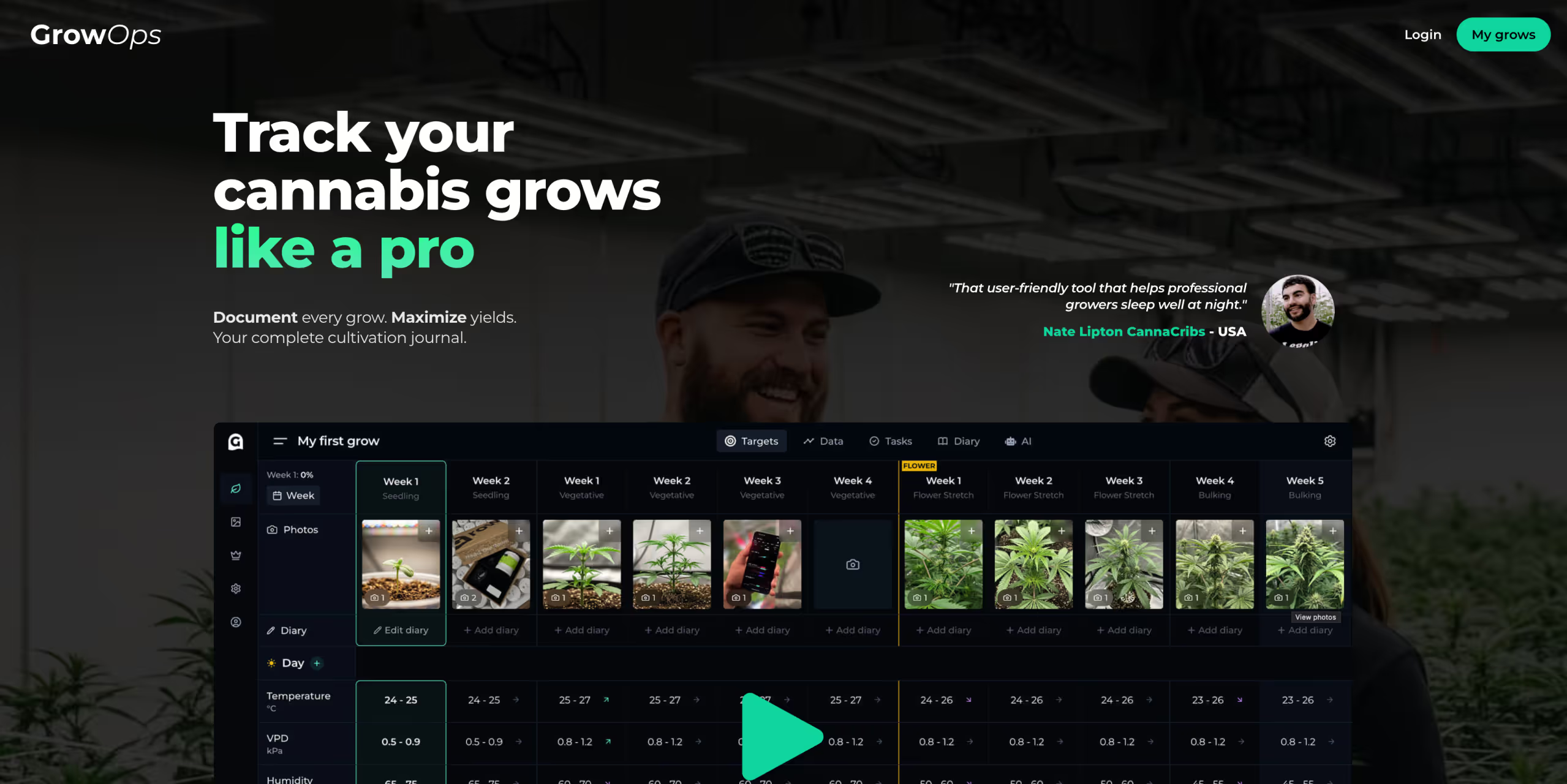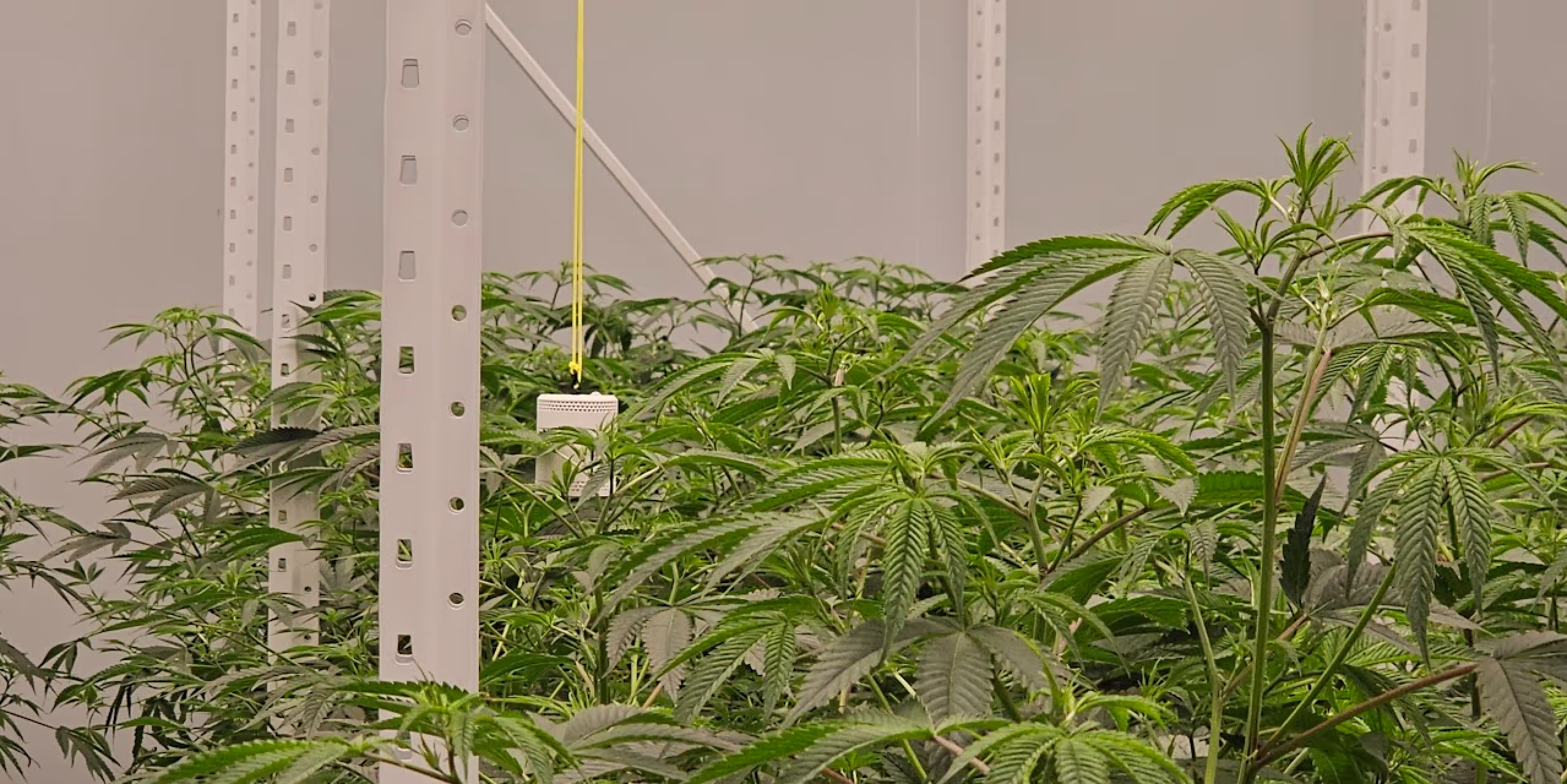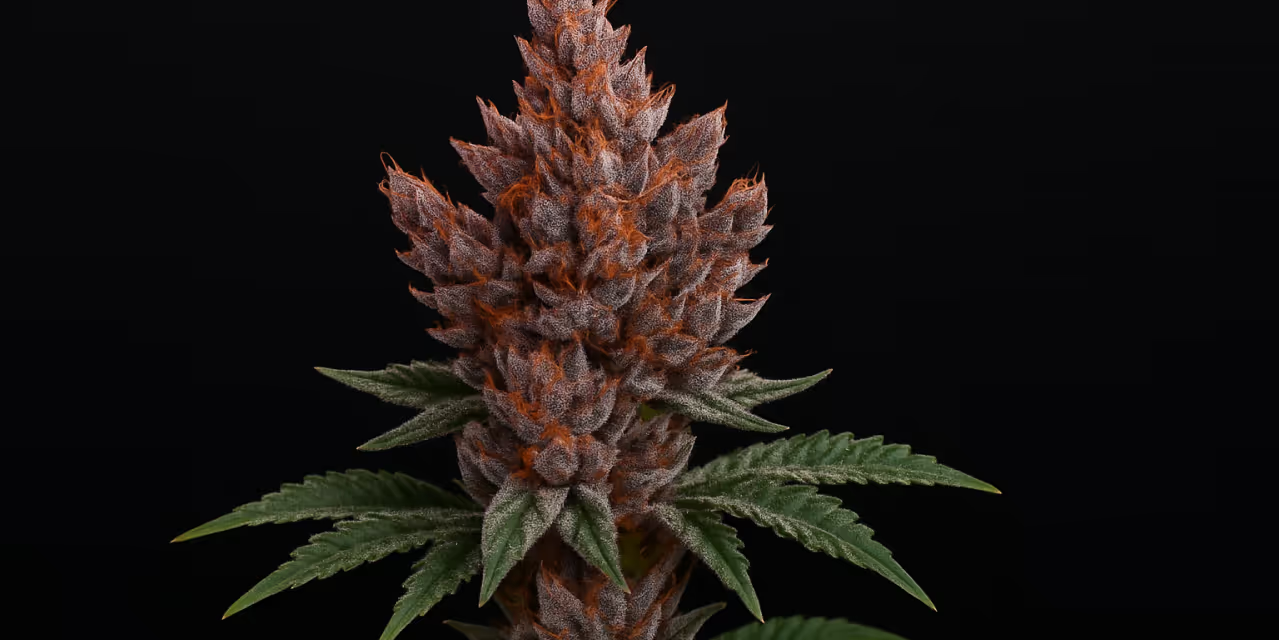What’s the ideal grow room temp with CO2?


Have you been looking for the ideal grow room temp with CO2?
When you want to grow the best quality plants possible, you’ve always got your ear to the ground.
You’re always listening out for new and better ways to tweak and optimise your grow room, and you’ve heard that temperature and CO2 can work together to help you out.
… But, you’ve done some research and the results are vague. 😩
You can’t find a concrete answer to the question: “What’s the ideal grow room temp with CO2?”
It’s frustrating… but there’s a reason that there’s no straight answer.
It’s because when you’re indoor growing, your ideal grow room temp with CO2 depends on a number of things very specific to your grow.
There is no, one size fits all answer.
But don’t worry, I’m going to tell you how you can work out the ideal grow room temp with CO2 for your exact set up.
Disclaimer: Any information given on this site is for educational purposes only. Please ensure if you’re growing cannabis you’re doing so in accordance with the law and subject to appropriate permissions and licenses of the applicable country.
Why are grow room temps & CO2 important?
There are a number of things that influence the success of your grow.
The amount of CO2 your plants have access to and the air temperature inside your grow space (as well as leaf temperature) are crucial.
Their importance ranks right up there alongside how much water, light and nutrients are available to your plants.
These things all affect your plants’ growth hormones.

Why strive for ideal grow room temps with CO2?
Providing the right amount of light, water, temperature, nutrients and carbon dioxide will enable your plants to grow more quickly and efficiently.
If your plants don’t get the right amount of CO2, temperature, nutrients, water and light, or they get sub-optimal amounts of a combination of some of those things, your plants will grow more slowly.
When plants function at maximum efficiency, they become stronger, healthier and grow faster.
High efficiency plants make the most of what you give them, they use more of the available light, heat, CO2, water and nutrients you provide.
Healthy, happy, efficient, fast growing plants can create better and higher quality yields in shorter times. This saves you money (in costs like electricity) each grow cycle.
When you grow professionally the effect this optimisation can have on your bottom line is significant.
Not to mention that when the quality of your product is higher, customer satisfaction will be too!
So it’s easy to see why growers want to aim for providing ideal grow room temp with CO2… But it’s not so easy to work out what those CO2 concentrations and temperatures are.
It’s only when you take into consideration all of the unique factors in your individual grow setup, that you’ll discover what temperatures and CO2 concentrations to aim for to most benefit your plants.
By using the tools we provide to help you optimise your grow space, you’ll also be able to see where you can reduce costs and avoid wasting resources to grow greener.
Before we get onto how to calculate the ideal grow room temp with CO2, let’s take a quick detour via why CO2 is so important.
We’ll also take a look at some pros & cons of adding CO2 enrichment in your grow room.
Why CO2 is important:
People breathe in oxygen and breathe out carbon dioxide. Plants do the reverse and ‘breathe in carbon dioxide and ‘breathe out’ oxygen.
We know that when people are in situations with low oxygen levels, (think people climbing at high altitudes,) there’s less oxygen to breathe. That can prevent the body from working as it should.
The same is true of plants, if they’re in a grow environment where they don’t get enough CO2 to use in photosynthesis, they won’t be able to transpire as they should.
The rate of photosynthesis decreases and eventually they’ll essentially suffocate.
The amount of carbon dioxide present in air is measured in parts per million (ppm.)
If your grow space has adequate air circulation, you’ll likely be maintaining somewhere around the 400 ppm mark which is the normal atmospheric standard and what you’d see outside.
This amount of CO2 in the air will therefore result in what’s considered normal plant growth – the rate you’d see in your garden or outside spaces.
The minimum amount of carbon dioxide your plants need to keep growing is 200ppm. Anything less than that, growth stops.

Plants evolved to grow in higher concentrations of CO2.
Remember, as plants were evolving (millions of years ago) there was a significantly higher concentration of CO2 in the atmosphere.
That means that plants are evolutionarily suited to being able to use more CO2 than is present in today’s environment in photosynthesis – up to 1500 ppm.
The ideal ppm for CO2 when cultivating cannabis is said to be 1500 ppm – but it’s not as cut and dry as that.
The amount of CO2 your plants can use depends on where they’re at in their grow cycle.
As described above, there are some marked benefits to be had when supplementing with CO2.
So it stands to reason there’ll be some downsides too. Let’s weigh up any pros and cons in a bit more detail here…
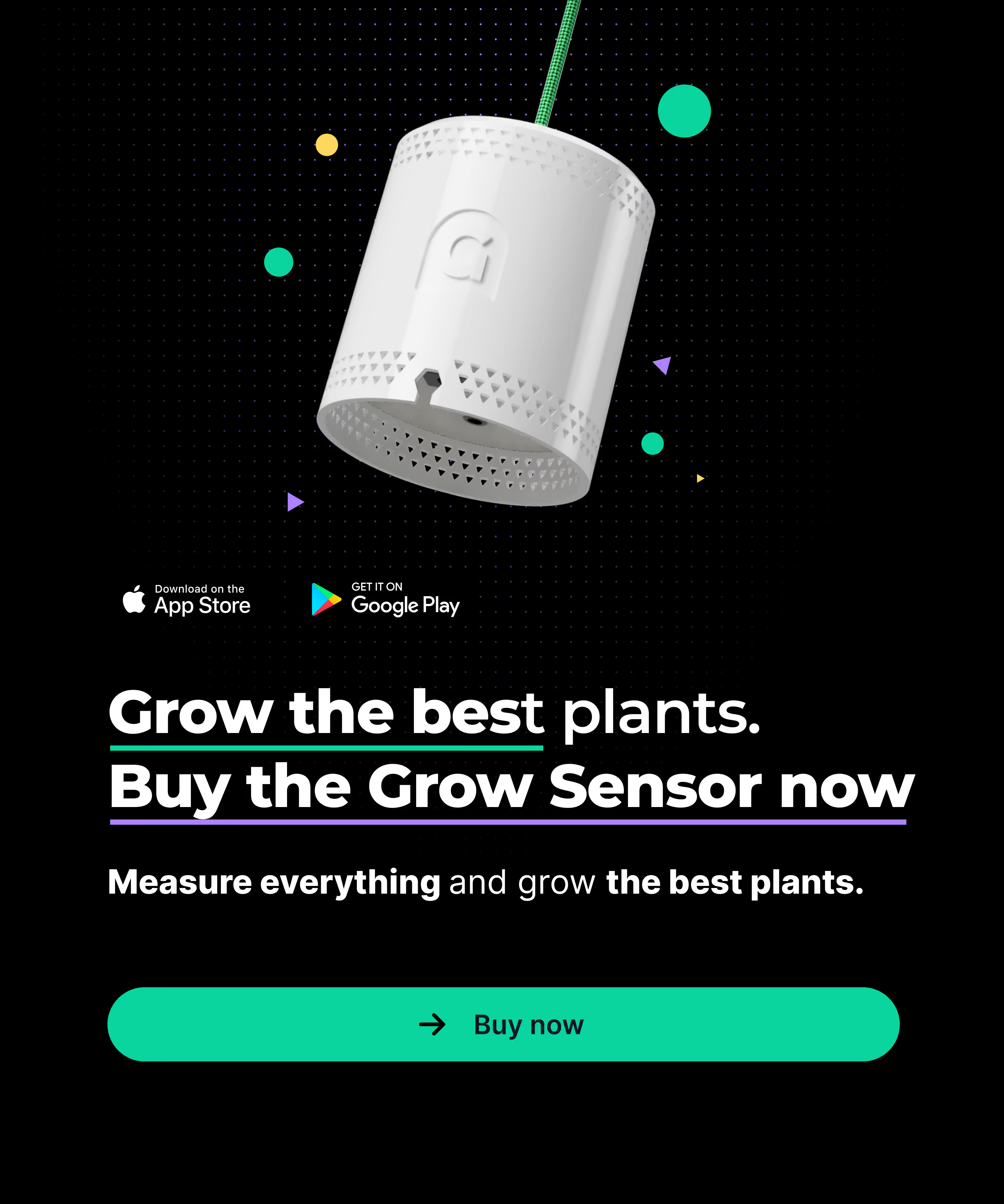
Benefits of adding CO2 to your grow room:
1. Significant increase in rate of plant growth & yields.
This is obviously the biggest draw and main reason growers supplement their grow spaces with additional CO2.
But remember, you’ll only see the benefits if your grow set up and environment is already optimised.
2. Plants with improved tolerance to heat.
When CO2 levels are increased and then able to be sustained at 1000 – 1200 ppm, your plants will be able to tolerate higher temperatures.
This is of particular interest and benefit to growers who due to the time of year, location of their set up, or hot lights, struggle to keep grow room temperatures down.
Heat stress is really damaging, so the added benefit of more heat tolerant plants (up to 30’C) can be a real plus and can make it much easier to maintain an environment that plants are happy in.
That said you’ll always want to watch really carefully for any signs of heat stress! There’s no substitute for keeping a close analytical eye on your plants.
Be prepared to take action accordingly.
Remember: those precious terpenes start evaporating at 26° – so keeping your grow room cool in the second half of flowering is beneficial!
3. Plants with improved light tolerance.
Alongside improved tolerance to heat and high temperatures, adding CO2 to a grow space results in plants that are more tolerant to light stress too.
Checkout my post on CO2 in flowering stage. Why supplement when growing indoors – it contains more detailed information on the interactions between CO2, light & temperature.
4. Improved security.
If you’re trying to raise CO2 levels and maintain them, you’ll need to seal your grow room to keep the CO2 in.
Obviously if your room is sealed, you’ve not got air that smells leaving the space which is better for security.
Downsides of adding CO2 to your grow room:
1. Supplementing with CO2 can be expensive.
Because of that, it’s recommended that you take the time to work out how much extra CO2 (if any,) you should be providing to get the benefits you want.
You can improve the accuracy here if instead of making assumptions about the levels of CO2 in your grow space, you measure it.
You can buy standalone CO2 meters. Make sure if you go down this route, you get one with a good reputation for accuracy.
Or you can use a grow room monitor like ours to continuously take a variety of insightful readings including CO2, temperature, humidity, VPD and light intensity levels etc.
When you know how much CO2 you might need to supplement, you can work out if it’s worth the investment or not.
This can be a stumbling block, but we’ve got you covered. You can find out how to calculate YOUR ideal grow room temp with CO2 a little later on…
2. There’s no benefits to be had with lower powered lights.
If you’re using CFL’s or fluorescents (lower powered grow lights,) you’ll often find that there’s enough CO2 in normal air for your plants to be able to use up all the light they’re being provided.
Adding more CO2 won’t help if your plants have already got access to more than they can use.
Really you’ll need to be using high pressure sodium, metal halide or powerful LED grow lights to be generating bright enough light to enable your plants to use any extra CO2.
3. You’ll need to seal your space.
If you’re adding CO2 to your grow space, you don’t want it just leaking out. When you’re trying to sustain high levels of CO2, you definitely want to seal your space to stop CO2 escaping.
Sealing your grow room has the added benefit of heating up the space which is helpful when supplementing CO2.
4. It isn’t really growing green.
In terms of growing in the most environmentally friendly way possible, supplementing CO2 isn’t ideal.
So if you’re going to do it:
- Definitely seal your space to prevent waste.
- Don’t supplement more than you need.
- Where you can, consider using CO2 as a bi-product from another natural or beneficial process – ie from making compost.
Note: Whilst neither a pro nor a con, it’s important to note that if you’re going to, you only need to supplement CO2 during the day.
This is because your plants don’t use CO2 at night because they don’t photosynthesise when there’s no light
Supplementing your grow room with CO2 during the night time hours is a waste of money and resources.
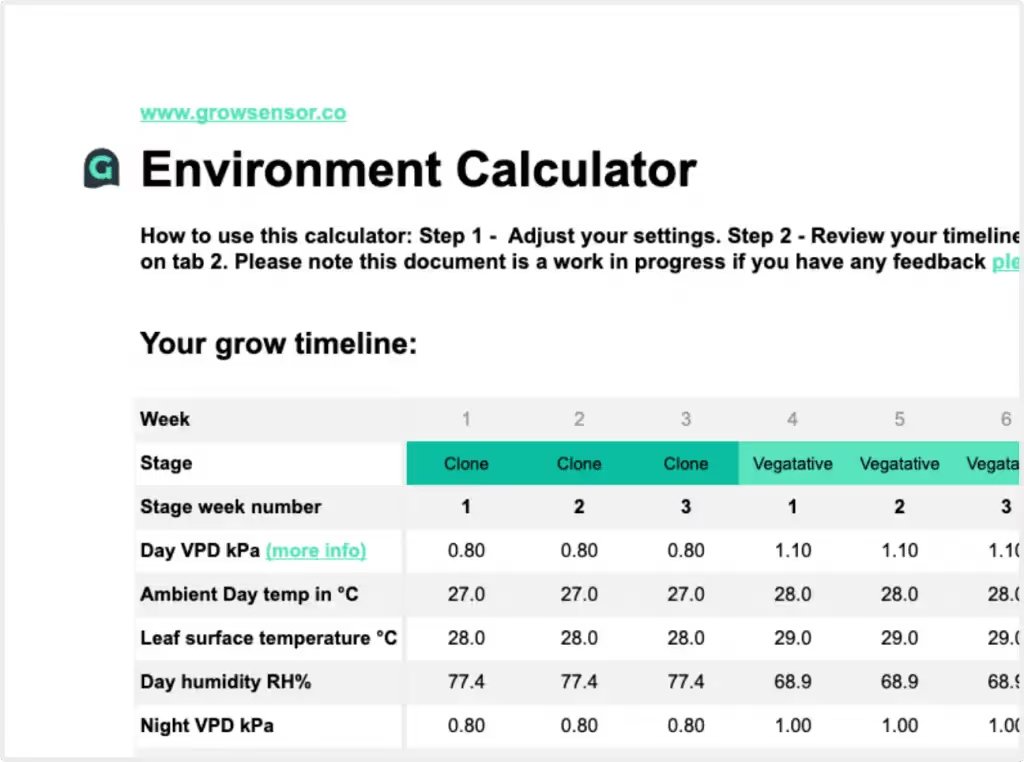
How to calculate YOUR ideal grow room temp with CO2:
Get the only calculators you’ll need to optimise your grow space, here for FREE:
1. The Ultimate VPD & Environmental grow calendar
It’s all very well and good just using one of the many CO2 grow room calculators available to work out how much you need to supplement. But you shouldn’t make that decision in a vacuum.
CO2, light, temperature (and therefore humidity and VPD) are all so interlinked that you really need to look at the influence of all those factors before making any decisions.
If you don’t you’ll waste money and resources and you could be putting your plants at risk.
That’s why we created the ultimate VPD and environmental grow calendar!
Other useful resources include: 5 ways VPD can improve your indoor grow, What is the ideal temp and humidity for a grow tent? & What is the ideal grow room temp and humidity?
After downloading your copy form the link above…
Populate your free calendar with all the relevant details about your grow; what plants you’re growing, the stage of the growing cycle you’re in and what equipment you’re using.
If you want to supplement CO2, adjust the box in the timeline settings to say so and then the CO2 row within the calendar will appear.
The CO2 row in the chart then gives you a breakdown, per week of YOUR ideal CO2 levels as it relates to YOUR temperatures (and humidities etc) – which is why it’s so useful!
You’ll gain clarity over when your plants can benefit from higher concentrations of CO2 and equally when they can’t make use of any extra so you can save money and resources.
2. CO2 grow room calculator.
Our CO2 grow room calculator will help you deduce what your CO2 flow rate needs to be and how long you need to dose for per hour to maintain the amount of CO2 your plants need.
In your copy of the calculator, update the dimensions of your grow space.
Then fill in how much CO2 you need to add to your grow space in ppm – based on the figures in your own personalised grow calendar (from point number 1 above.)
Using these tools should give you the information you need to then decide if supplementing with the amount of CO2 you’ll need is a worthwhile expense, or if it’ll cost you too much to be viable.
It’s also worth noting that often, the cheap ways of providing additional CO2, aren’t very effective long term. And the best setups to supplement CO2 in an ongoing capacity are more expensive to set up.
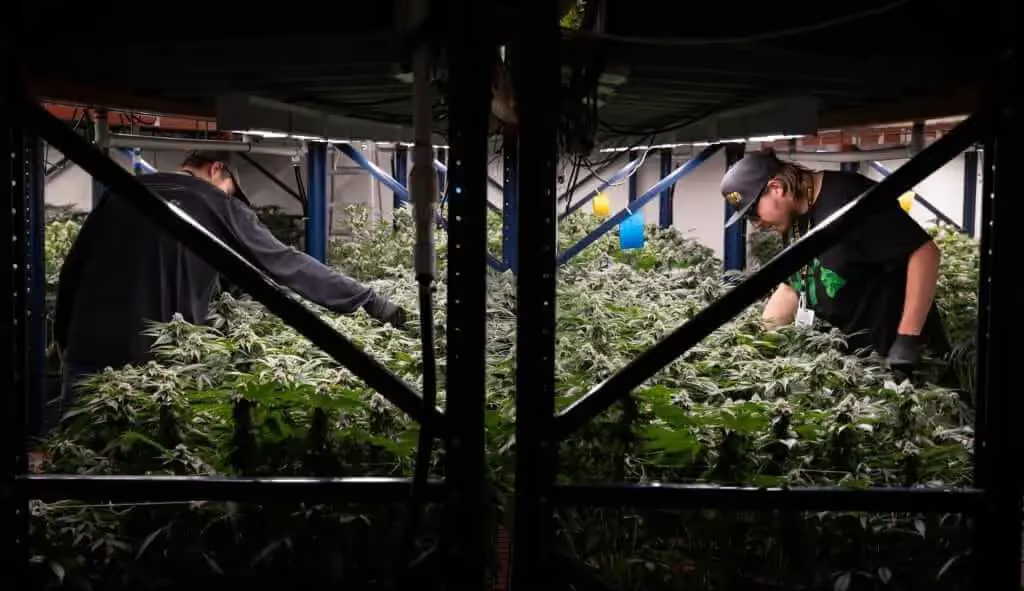
Takeaways:
Understanding how CO2 concentrations and temperatures interact to have an effect (either positive or negative) on your grow space is important.
But it’s also important to understand the interactions between CO2 concentration and light intensity. And light intensity and temperature too!
CO2 and temperature together are only part of the picture.
I’ve steered clear of giving exact or even broad suggestions of ideal temperature and CO2 concentrations for your grow here.
That’s because when there are so many factors at play, aiming for the exact figures reported by someone else is pretty risky!
Unless their set up is exactly the same, (the chances of that are pretty slim,) what works for them, is not necessarily going to work for you.
And broad ranges of figures are not that helpful because they’re vague.
It may even be that given your setup, you don’t need to, or shouldn’t try to supplement CO2 and that’s fine too.
It’s best to work out what your specific plants and grow space need, and then provide it, observe, tweak and repeat.
The easiest and most effective way to do this is using a high accuracy grow room sensor.
Grow room monitors remove a lot of the guesswork from growing and a steady stream of data helps you to deduce what works well for you, what doesn’t and where you can improve.
Even when using comprehensive tools like ours to get recommendations about optimising your grow, there is no substitute for closely observing your plants and looking for visual cues about their health on a regular basis.
You should always keep a close eye on your grow set up and make adjustments accordingly.
Keeping in close contact and being in tune with your plants and their needs is the most rewarding part anyway! 🌱





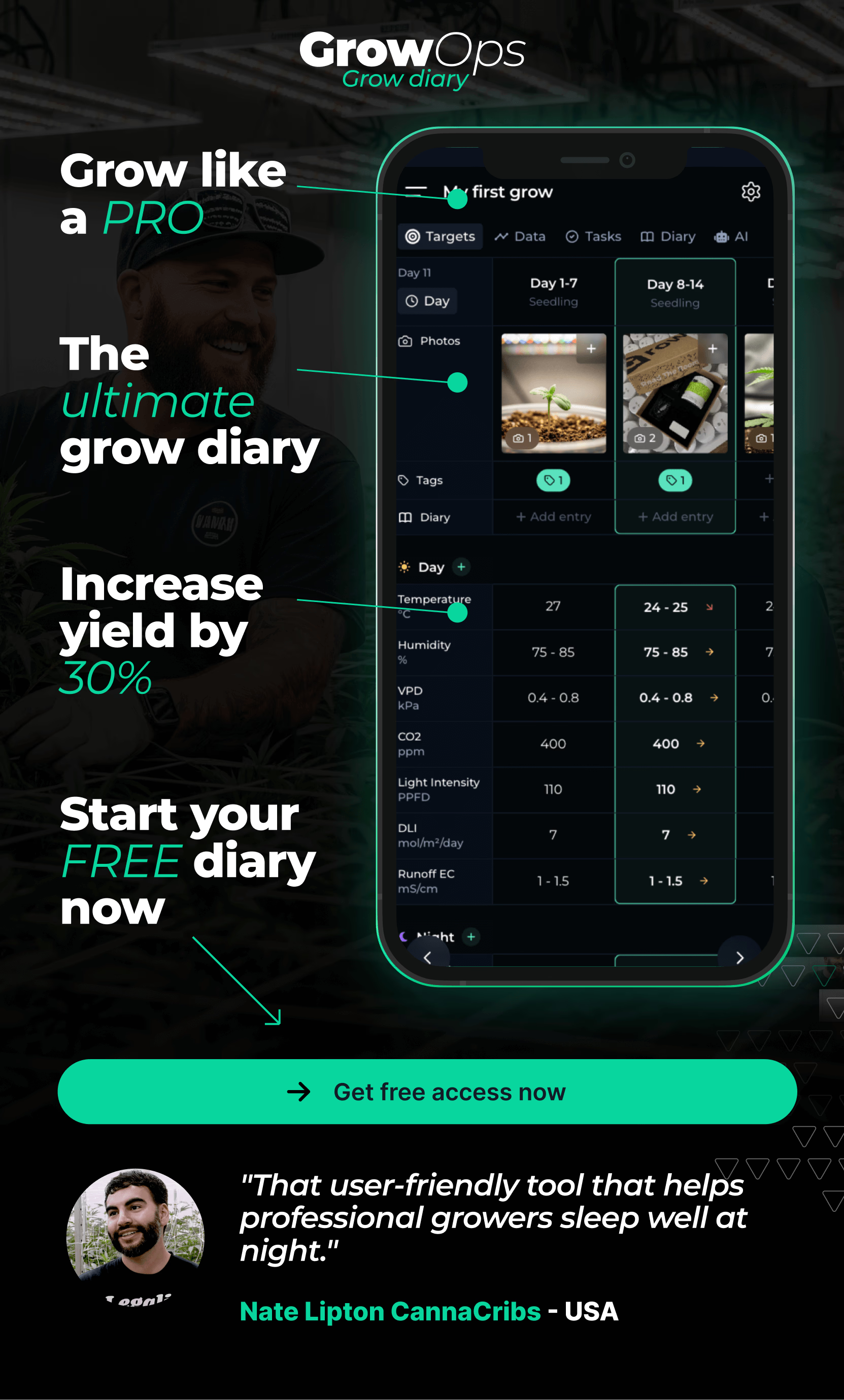




.avif)
